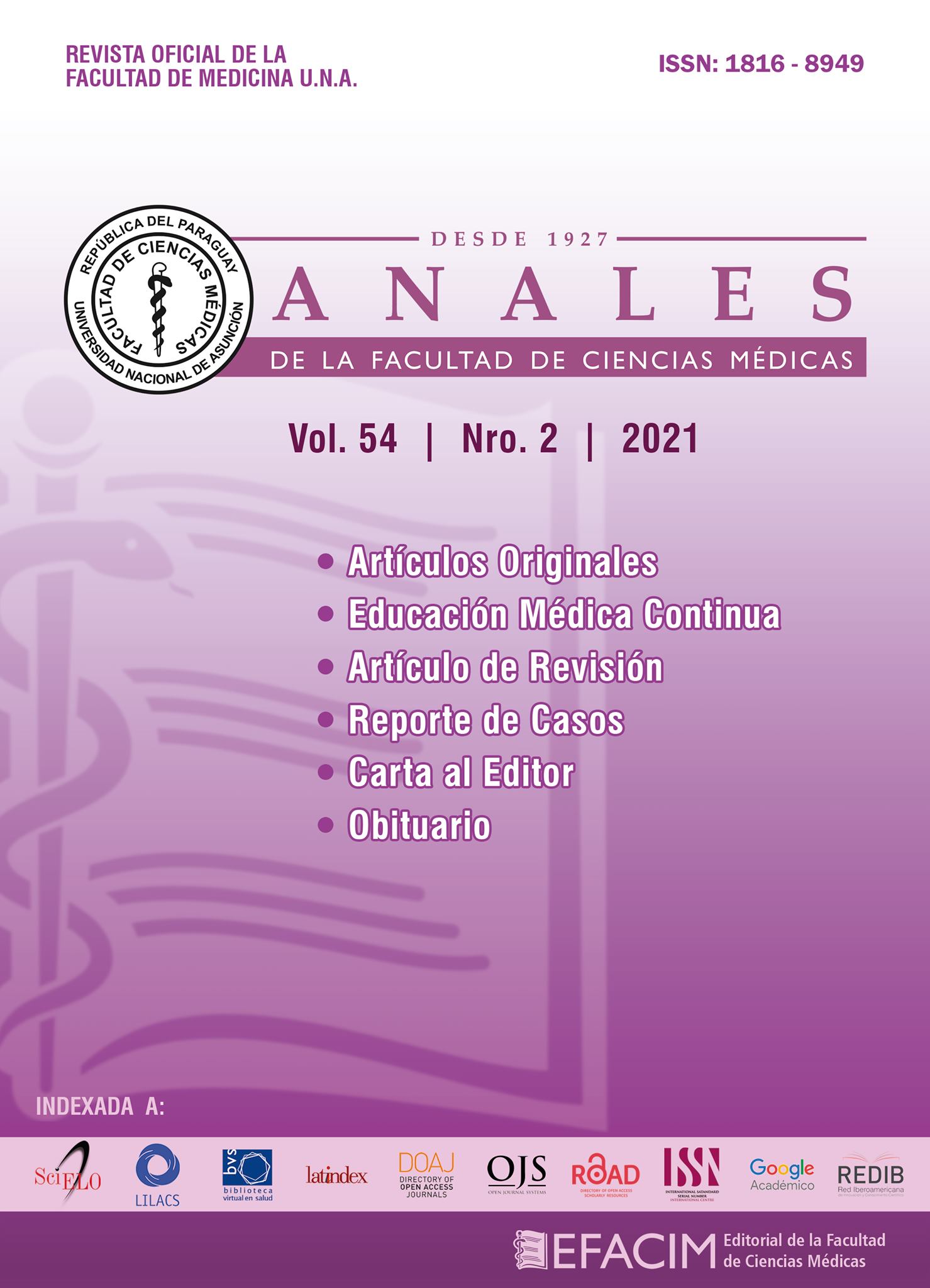Códigos QR en Educación Médica - Parte 1 Un puente Analógico – Digital
Palabras clave:
Educación Médica Continua, Códigos QR, Teléfonos Inteligentes, Internet, Aplicaciones Móviles, Tecnología de la InformaciónResumen
Con el rápido desarrollo de las tecnologías de la información y comunicación, el uso generalizado de Internet y los teléfonos inteligentes, los códigos QR (códigos de respuesta rápida) se están convirtiendo en una herramienta prometedora para conectar servicios en línea y fuera de línea. Este es el primero de una serie de dos artículos que tienen como objetivo contextualizar el uso de los códigos QR en la educación para la salud y permitir a los educadores desarrollar las habilidades necesarias para su creación y uso en la educación médica. La implementación exitosa del Código QR en educación requiere el conocimiento de cierta información básica tanto sobre el Código QR en sí, como así también de los requisitos necesarios para el uso de este tipo de simbología. Este primer artículo presenta una visión general del estado actual del arte de los códigos QR y se discute brevemente la estructura, simbología, versiones, propiedades y los requisitos para su uso.
En la segunda parte de esta serie describiremos los principales aspectos relacionados con la personalización de los símbolos, los códigos estáticos y dinámicos, y las diferentes herramientas y aplicaciones necesarias para generar y decodificar un código QR, como así también cómo aplicarlo en diferentes contextos educativos de Realidad Aumentada. El propósito final de estos dos artículos es lograr que todos los educadores se sientan familiarizados con esta tecnología y puedan incorporarla al material educativo utilizado en el proceso de enseñanza-aprendizaje, tanto en el aula tradicional como en los cursos virtuales.
Referencias
Deborah Morley (Author), Charles S. Parker (Author). Understanding Computers: Today and Tomorrow. 16th edition (Comprehensive. Cengage Learning, Boston USA; 2017).
N. Castro, M. Leguizamón, A. Mora. Análisis de métodos y técnicas existentes para minimizar agujeros de seguridad al usar códigos QR. Rev. UIS Ing. 2019;18(4):157-172.
Borko Furht (Editor). Handbook of Augmented Reality. 1st ed. (Springer New York; 2011)
Answers to your questions about the QR code. DENSO WAVE, the inventor of QR Code [accessed on 14 May 2021]. Available online: https://www.qrcode.com/en/
Celalettin Akta (Author). The Evolution and Emergence of QR Codes. 1st edition (Cambridge Scholars Publishing; Lady Stephenson Library UK; 2017).
R. Sharmila, M. Mohamed Sithik. Smartphone based secure color QR code using visible light communication. International Journal of Advanced Research in Biology Engineering Science and Technology (IJARBEST), April 2016;2(4):314-319.
Jo Van Hoey (Author). Beginning x64 Assembly Programming. 1st edition (Apress, Berkeley, CA; 2019).
International Organization for Standardization. Information technology – automatic identification and data capture techniques - QR Code bar code symbology specification. ISO/IEC 18004:2015(E). 3rd edition, 2015-02-01.
A. Abas, Y. Yusof, and F. K. Ahmad, ‘‘Expanding the data capacity of QR codes using multiple compression algorithms and base64 encode/decode. J Telecommun Electron Comput Eng 2017; 9(2):41–47, 2017.
Pengfei Zhao et al Editors. Advanced Graphic Communications and Media Technologies. 1st ed. Lecture Notes in Electrical Engineering 417. (Springer Singapore; 2017).
Wang S, Yang T, Li J, Yao B, Zhang Y. Does a QR code must be black and white? In: 2015 International Conference on Orange Technologies (ICOT); 2015.
Ladislav Karrach, Elena Pivarčiová and Pavol Bozek Recognition of Perspective Distorted QR Codes with a Partially Damaged Finder Pattern in Real Scene Images. Appl. Sci. 2020, 10, 7814. doi:10.3390/app10217814.
Hiroko Kato (Author), Keng T. Tan (Author), Douglas Chai (Author). Barcodes for Mobile Devices. (Cambridge University Press; 2010).
Ako Muhammad Abdullah, Roza Hikmat Hama Aziz. Evaluating the Use of Quick Response (QR) Code at Sulaimani University Libraries. International Journal of Advanced Research in Computer Science and Software Engineering, November 2014;4(11):62-72.
Tiwari, S. An Introduction to QR Code Technology. In Proceedings of the 2016 International Conference on Information Technology (ICIT), Bhubaneswar, India, 22–24 December 2016:39-44.
Sudeep S. Kulkarni and Chetna Malagi. Creation and Analysis of QR Code. Bonfring International Journal of Software Engineering and Soft Computing, October 2016;6(Special Issue):86-89.
Son Wan et al. Secret Data-Driven Carrier-Free Secret Sharing Scheme Based on Error Correction Blocks of QR Codes. Communications in Computer and Information Science 727. 1st ed. (Springer Nature Singapore; 2017).
Joseph K. Liu (Editor), Ron Steinfeld (Editor). Information Security and Privacy: 21st Australasian Conference, ACISP 2016. 1st ed. (Springer International Publishing Switzerland; 2016)
Soon, T. J. The QR Code. The Synthesis Journal: Section three. iTSC Information Thechnology Standard Comitee, Singapore, (2008):59–78.
Error Correction feature. [Internet]. [accessed on 11 May 2021]. Available online: https://www.qrcode.com/en/about/error_correction.html.
Chow YW. Susilo, W. Yang G. Phillips J. Pranat I. Barmawi M. Exploiting the Error Correction Mechanism in QR Codes for Secret Sharing. Information Security and Privacy. ACISP 2016. Lecture Notes in Computer Science, vol 9722. (Springer, 2016).





